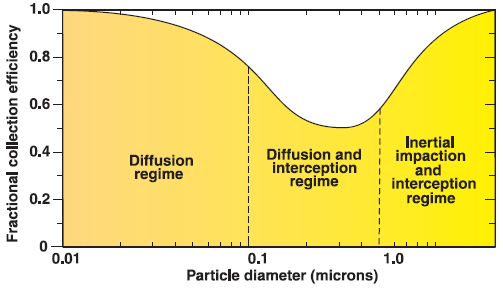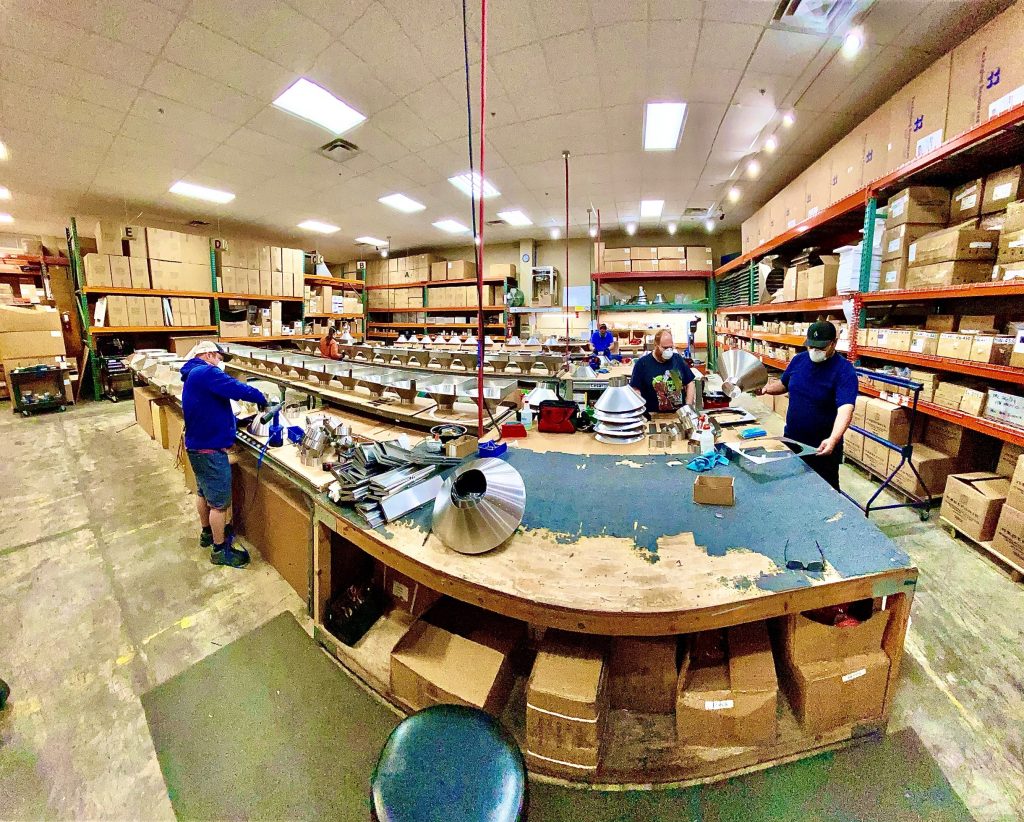In case you were wondering why we should wear a mask in public and filter the air around us, check out this demonstration of suspended micro droplets.
Micro droplets suspending in air from MixonK on Vimeo.
Our CFB HEPA Filters are currently being used by a number of hospitals to create negative pressure isolation rooms for COVID-19 patients. They are typically paired with an inline fan to exhaust the contaminated air from those areas, filter and then discharge it safely outside. Discharging the air without any filtration is considered risky since you are spreading/distributing the virus particles extracted from the patient areas. If you have questions on how to build negative pressure isolation rooms give us a call.
What is a HEPA?
HEPA stands for high-efficiency particulate arrestance. To be classified as a HEPA, the air filter must remove at least 99.97% of particles whose diameter is equal to 0.3 μm. Classification at 0.3 μm is important because this is the weakest point in the filter’s performance – typical HEPA filtration efficiency increases for particle diameters both less than and greater than 0.3 μm.

Image courtesy of the National Institute for Occupational Safety and Health (NIOSH)
Virus particles, due to their small size, typically fall in the diffusion regime of HEPA collection efficiency. Specifically, the virus that causes COVID-19 is approximately 0.125 μm in diameter. That diameter is perfectly within the particle-size range that HEPA filters capture with great efficiency: 0.01 μm and bigger (see the NIOSH diagram above).
Want to ready more about HEPA and how they filter particles the size of viruses? We found the Submicron and Nanoparticulate Matter Removal by HEPA-Rated Media Filters by NASA study is a great source of reliable technical info. Page 7 of the paper has an excellent illustration of filter efficiency as a function of particle diameter for sizes 0.01 μm and above.

